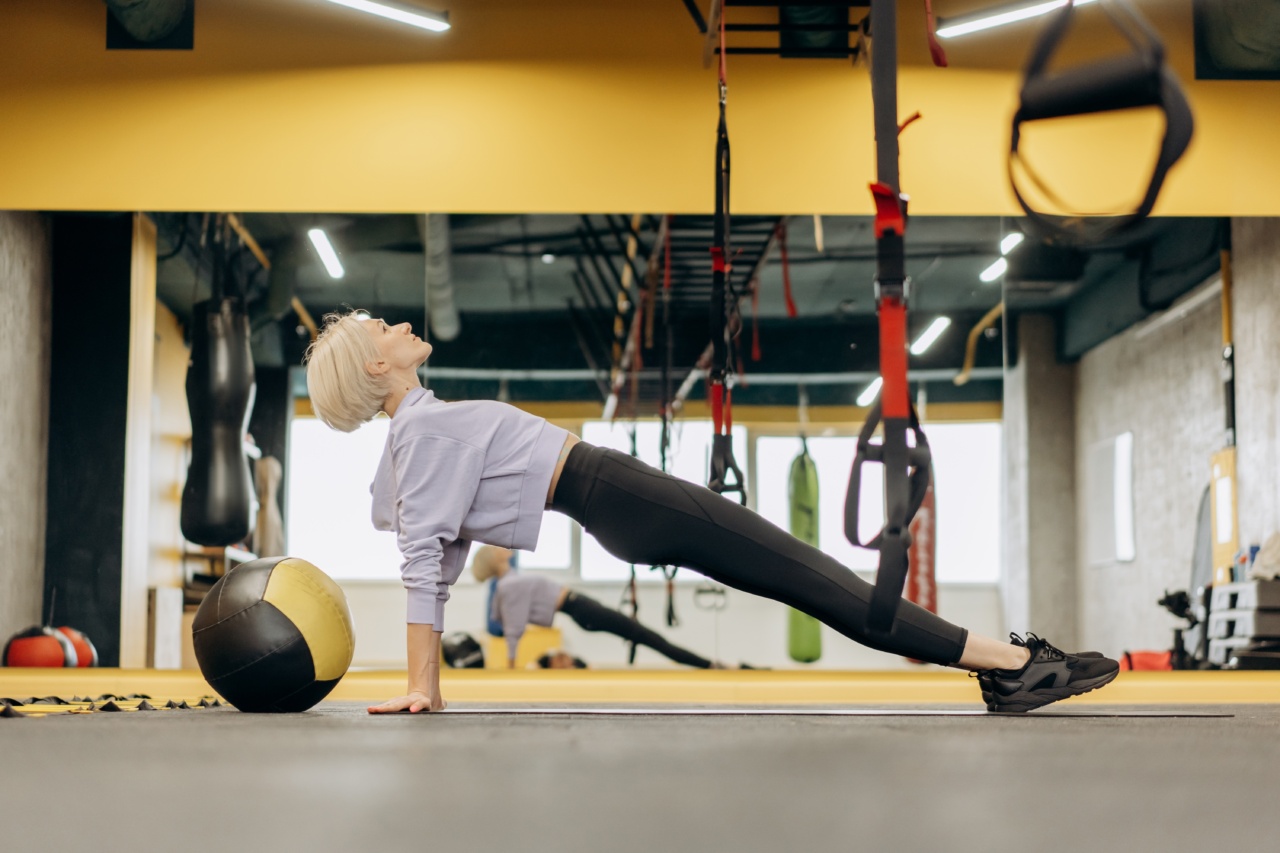Fitness is not just about getting in shape, it’s a mindset. To truly achieve remarkable results, you have to push your limits.
This requires dedication, discipline, and a well-designed fitness regimen that challenges your body to its fullest potential.
The Importance of Pushing Your Limits
When you consistently challenge your body and strive to push your limits, you benefit in numerous ways. Here are a few reasons why it’s important to push the boundaries of what you can do:.
1. Break Through Plateaus
In any fitness journey, there will be plateaus where you may feel stuck and your progress becomes stagnant. By pushing your limits, you break through these plateaus and continue to see improvements in strength, endurance, and overall fitness.
2. Maximize Calorie Burn
Pushing your limits helps you maximize calorie burn during your workouts. When you challenge yourself with intense exercises, your body’s metabolism increases, leading to a higher calorie expenditure both during and after your workout.
3. Build Mental Toughness
Fitness is not just physical, it’s mental too. By pushing your limits, you build mental toughness and resilience. This mindset carries over to other aspects of your life, helping you overcome obstacles and achieve success outside of the gym.
Designing Your Fitness Regimen
Pushing your limits requires a well-designed fitness regimen that incorporates various elements. Here are the key components to include:.
1. Strength Training
Strength training is essential for building muscle, increasing metabolism, and improving overall body composition. Include exercises that target all major muscle groups, such as squats, deadlifts, bench press, and pull-ups.
2. High-Intensity Interval Training (HIIT)
HIIT involves alternating between intense bursts of exercise and short recovery periods. This type of training helps improve cardiovascular fitness, boosts calorie burn, and stimulates fat loss.
Incorporate exercises like sprinting, burpees, or kettlebell swings.
3. Plyometrics
Plyometric exercises are explosive movements that enhance power and athleticism. They involve rapid stretching and contracting of muscles, such as box jumps, jump squats, or medicine ball slams. Plyometrics improve muscle strength, speed, and agility.
4. Flexibility and Mobility Work
Include flexibility and mobility work in your fitness regimen to improve range of motion and prevent injuries.
Stretching exercises like yoga or dynamic stretches can help improve flexibility, while foam rolling or mobility drills target specific muscle groups.
5. Progressive Overload
To continue pushing your limits, it is important to implement the principle of progressive overload. Gradually increase the intensity, duration, or volume of your workouts to challenge your body and ensure continual progress.
6. Rest and Recovery
Don’t forget the importance of rest and recovery in your fitness regimen. Pushing your limits can be physically demanding, so make sure to incorporate rest days and prioritize sleep to allow your body to repair and rebuild.
Track Your Progress
To see maximal results, it’s important to track your progress and make adjustments as needed. Here are a few ways to monitor your progress:.
1. Keep a Workout Journal
Record your workouts, including exercises, sets, reps, and weights used. This allows you to see improvements over time and identify areas that need more focus. It also helps you stay accountable and motivated.
2. Measure Body Composition
Utilize tools like body fat calipers or professional body composition assessments to track changes in muscle mass and body fat percentage.
Remember that the scale may not always reflect your progress accurately, so body measurements can provide a clearer picture of your transformation.
3. Set Performance Goals
Set performance-based goals such as running a faster mile, increasing the weight you can lift, or improving your flexibility. These goals give you something to strive for and help you stay motivated during your fitness journey.
Conclusion
If you want to achieve maximal results in your fitness journey, pushing your limits is essential.
Incorporate a well-designed fitness regimen that challenges your body and includes strength training, HIIT, plyometrics, flexibility work, and progressive overload. Remember to prioritize rest and recovery and track your progress to stay motivated along the way. With dedication and perseverance, you can push your limits and reach new levels of fitness.



























